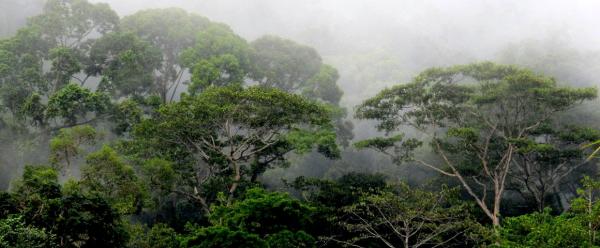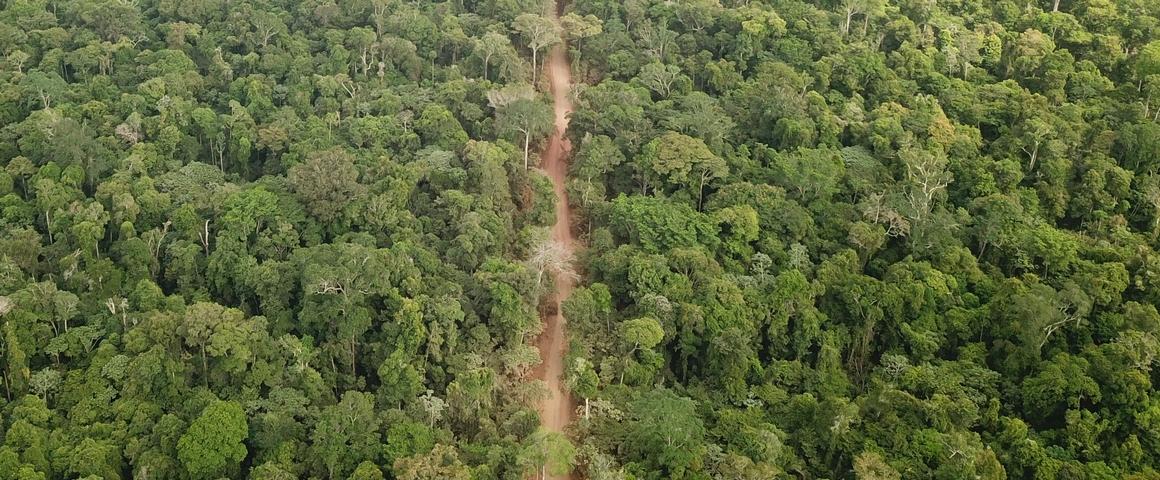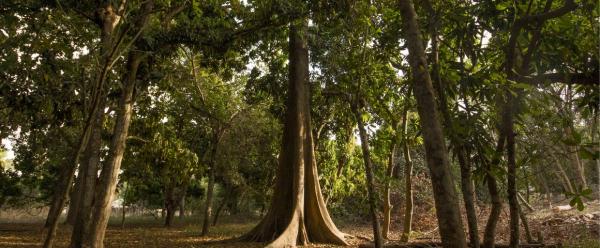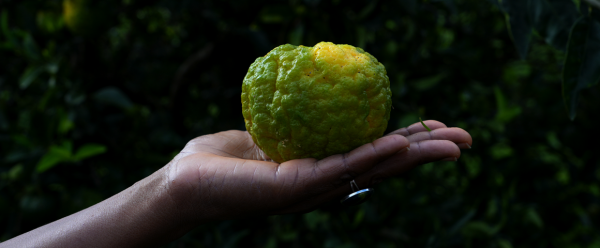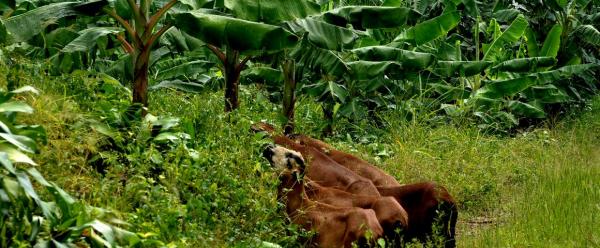The Amazon, the Congo Basin and Southeast Asia account for 80% of the world's forests. Those basins are home to 32 experimental sites that make up the TmFO (Tropical managed Forest Observatory). This unique pantropical research structure aims to build sustainable logging models tailored to the capacity of managed tropical forests to reconstitute their carbon stocks, wood resource and biodiversity.
"These are the only forest observatories in the world that look at forests that are already managed, and their renewal", says Plinio Sist, Head of CIRAD's Forests and Societies research unit and TmFO coordinator. "’The aim of these sites is to set sustainable management rules while studying the environmental services provided by these forests. In other words to conserve forests while allowing people to live in them and make a living from them."
Logging is going too fast
Current logging regimes are going too fast in relation to tree growth rates. In Brazil, the TmFO has shown that the volume harvested should be halved and the length of rotation cycles doubled to guarantee maintenance of the resource. This would mean harvesting just a third of the volume of timber currently produced in the Amazon each year.
In response to this challenge, the TmFO sites are working to test the most efficient logging models possible, bearing in mind environmental and socioeconomic factors. "If logging is done well, it acts as a conservation tool, since it generates profits that encourage local people to protect the forest", Plinio Sist points out. "Moreover, removing trees can benefit the forest. Choosing the oldest, largest trees, which will eventually fall anyway, creates clearings that allow young trees to grow."
Despite this knowledge, logging rates are still excessive, and the implementation of regulations to tackle illegal logging is taking its time.
Logging in tropical forests is not sustainable. The rotation times practised in most tropical countries are largely insufficient to fully reconstitute the volume of timber harvested. This is shown by data compiled over more than thirty years. That information comes from systems set up by CIRAD and its partners to monitor tropical forest dynamics.
How about increasing the number of sources of wood?
Almost all timber is currently taken from so-called "natural" forests, in other words forests that are as yet largely unaffected by human activity. However, the TmFO's work has shown that natural forests alone cannot satisfy the growing demand for timber. We therefore urgently need to develop other sources.
For Plinio Sist, the current international craze for restoring forest landscapes is a unique opportunity that should be grabbed with both hands. He sees it as a way of diversifying wood production systems, "by managing secondary forests, promoting multi-species timber plantings, and rehabilitating forests that have been degraded by silviculture". These types of wood, which are seen as less valuable because they are not as old or mature, could be used for certain purposes such as making plywood, while the wood obtained from primary forests could be set aside for more "noble" uses.
More and more parties are committing to fight the destruction and degradation of forests, but despite this trend, the pressure on such ecosystems remains strong. What if one solution were to restore forest landscapes? Is it possible, in such areas, to reconcile biodiversity conservation and timber production? As the European Union tightens the regulations on imported deforestation, what role could certification of products such as cocoa, soybean and palm oil play?
In the Amazon, half the wood produced is illegal
Will expanding supply be sufficient? Without sustainable forest management systems, market demand risks continuing to trample on forests' physical boundaries and ecological limitations, whether those forests are natural or restored. Public policy therefore urgently needs to address deforestation and illegal logging which, in the Amazon, account for more than 50% of the timber produced. In the absence of such political efforts, sustainable management practices and forest restoration operations will have very little effect and will not resolve the crisis.
